|
Product Information |
|
Product Name |
Recombinant human copper, zinc-superoxide dismutase (rh-Cu, Zn-SOD) |
|
Resource |
Escherichia coli (E. coli) |
|
CAS NO. |
9054-89-1 |
|
Mol. Wt. |
17 kDa |
|
Purity |
95% up by SDS-PAGE analysis |
|
Appearance |
White/light blue powder or floccule |
|
Activity |
5000-10000IU/mg,25000IU/mg |
|
Grade |
Cosmetic grade |
|
Usage |
Superoxide dismutase (SOD) is a category of metalloenzyme, extensively existing in all living organisms (e.g. animals, plants, microorganisms, etc.). Based on its metallicity, SOD is categorized into copper, zinc-SOD (Cu, Zn-SOD), manganese-SOD (Mn-SOD) and iron-SOD (Fe-SOD). SOD has a physiological significance that can convert toxic superoxide free radicals into hydrogen peroxide, it’s the primary substance to scavenge oxygen free radicals in living organisms. It has been demonstrated that there are up to 60 diseases directly related to oxygen free radicals and SOD level has been known as an illustrated indicator for aging and death. SOD can prohibit superoxide free radicals-induced damage at cellular level and locally repair damaged cells. It plays more and more important role in anti-oxidation in living organisms. SOD is one of components in cosmetic products, approved by Ministry of Health of the People's Republic of China, because it can delay aging, regulate immune response and blood lipid level, and prevent radiation.
Function of Cu, Zn-SOD(SOD1):
1. Cu, Zn-SOD(SOD1) binds copper and
zinc ions and is one of three superoxide dismutases responsible for destroying
free superoxide radicals in the body. The encoded isozyme is a soluble
cytoplasmic and mitochondrial intermembrane space protein, acting as a
homodimer to convert naturally occurring, but harmful, superoxide radicals to
molecular oxygen and hydrogen peroxide.Hydrogen peroxide can then be broken
down by another enzyme called catalase.
2. Cu, Zn-SOD (SOD1) has been
postulated to localize to the outer mitochondrial membrane (OMM), where
superoxide anions would be generated, or the intermembrane space. The exact
mechanisms for its localization remains unknown, but its aggregation to the OMM
has been attributed to its association with BCL-2. Wildtype SOD1 has demonstrated antiapoptotic
properties in neural cultures, while mutant SOD1 has been observed to promote apoptosis in spinal cord
mitochondria, but not in liver mitochondria, though it is equally expressed in
both. Two models suggest SOD1 inhibits apoptosis by interacting with BCL-2proteins or the mitochondria
itself.


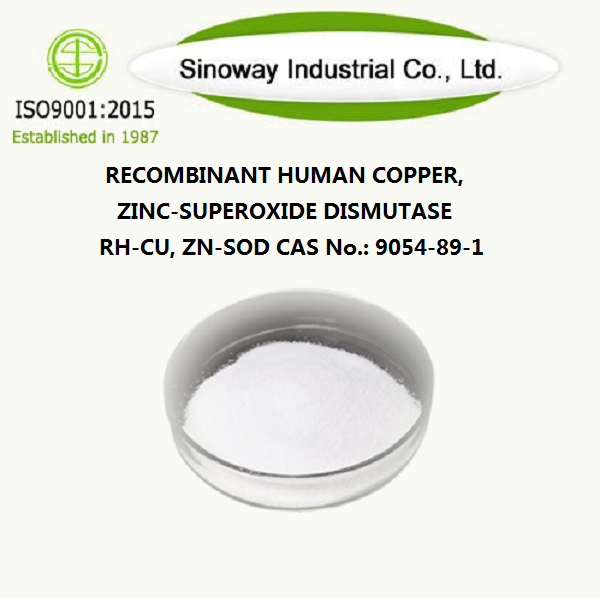
 Gold supplier
Gold supplier

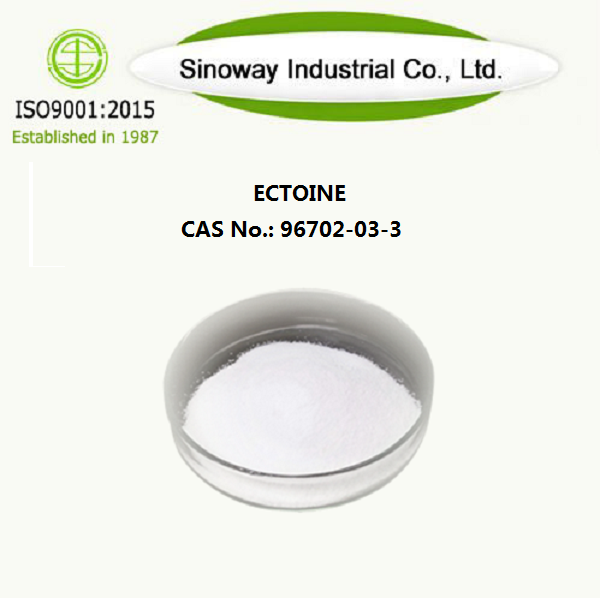
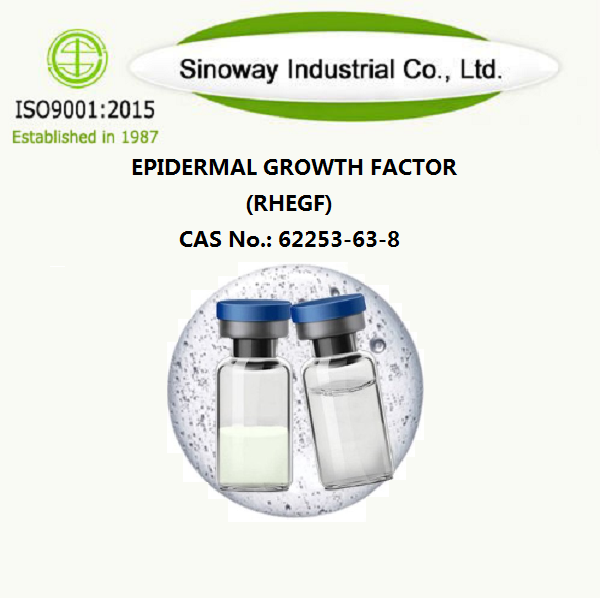
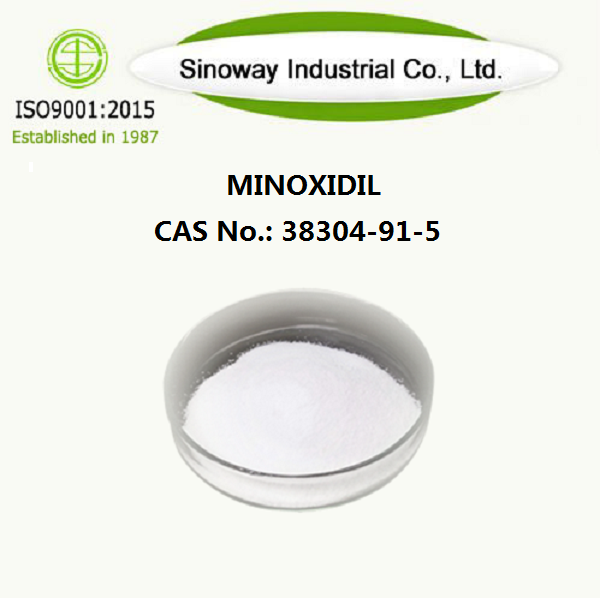
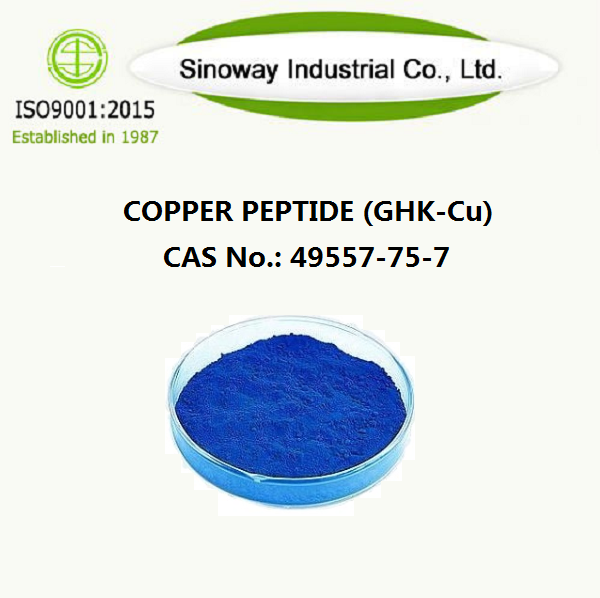



 Facebook
Facebook  Twitter
Twitter  Linkedin
Linkedin  YouTube
YouTube  Blogger
Blogger  Instagram
Instagram 
















